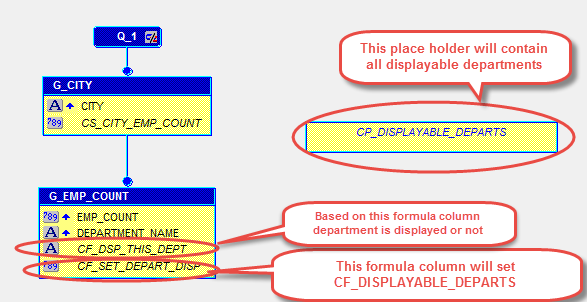In this article, we will see ADF security with an
example. We will create an application
which has 2 pages. Page-1 is individual ADF page outside any bounded task flow
and Page-2 is within bounded task flow.
User needs to login using CustomLogin.jspx page and once
Login is successful, user gets landed into “HomePage.jsf” which has links to
Page -1 and Page-2.
ADF security is defined at application level, by navigating
to “Application->Secure->Configure ADF Security…”
This opens up a wizard, in Authentication Step, define Form-based
Authentication and we can choose Login Page, Error Page or Generate Default
Pages.
Define Welcome Page in Step 4 as shown below:-
CustomLogin page contains a form with username and password
input text fields, as shown below:-
Once user clicks submit, LoginBean(Managed Bean) code gets
invoked as shown below:-
public void
doLogin(ActionEvent event) {
System.out.println("Entering doLogin -- START 123");
FacesContext ctx =
FacesContext.getCurrentInstance();
if (userName == null
|| password == null) {
showError("Invalid credentials",
"An incorrect username or password was specified.", null);
} else {
ExternalContext
ectx = ctx.getExternalContext();
HttpServletRequest request = (HttpServletRequest)
ctx.getExternalContext().getRequest();
try {
request.login(userName, password); // Servlet 3.0 login
userName =
null;
password =
null;
String
loginUrl = ectx.getRequestContextPath()
+"/adfAuthentication?success_url=/faces/HomePage.jsf";
redirect(loginUrl);
} catch
(ServletException fle) {
showError("ServletException", "Login failed. Please
verify the username and password and try again.", null);
}
}
System.out.println("EXITING doLogin -- END ");
}
Above code redirects to Home Page which has links to Page 1
and Page 2
Page-1 is individual page outside bounded task flow which
shows employee details.
Page-2 is within EmployeeTaskFlow with single page SecuredPG.
Logout code is included in LoginBean as shown below:-
public void
doLogout(ActionEvent actionEvent) {
ExternalContext ectx
= FacesContext.getCurrentInstance().getExternalContext();
HttpSession session =
(HttpSession)ectx.getSession(false);
session.invalidate();
String loginUrl =
ectx.getRequestContextPath()
+"/adfAuthentication?success_url=/faces/CustomLogin.jspx";
HttpServletRequest
request = (HttpServletRequest)ectx.getRequest();
ServletAuthentication.logout(request);
ServletAuthentication.invalidateAll(request);
ServletAuthentication.killCookie(request);
try{
ectx.redirect(loginUrl);
}
catch(Exception
e){
e.printStackTrace();
}
FacesContext.getCurrentInstance().responseComplete();
}
We define 2 users “hasaccess” and “noaccess” and assign
Application Roles by navigating to Application->Secure->Test Users &
Roles
Below screenshot shows the resources to which “AllowAccess”
role has access to
Below screenshot shows the resource grants to which “NoAccess”
application role has access to:-
I have also used test-all application role which gives
access to everyone for CustomLogin page.
Also defined Grants at “TaskFlow” level as shown below:-
You can download application from below link
Test Scenarios:-
When “hasaccess” logs in, he can navigate to Page-1 i.e. Employee Page as well as Page -2 i.e. SecuredPG. Whereas “noaccess”
can login and see home page but get error when he clicks on those links.
P.S. : For opening Employee details Page, you need to setup
database connection which is not present in attached application.









































